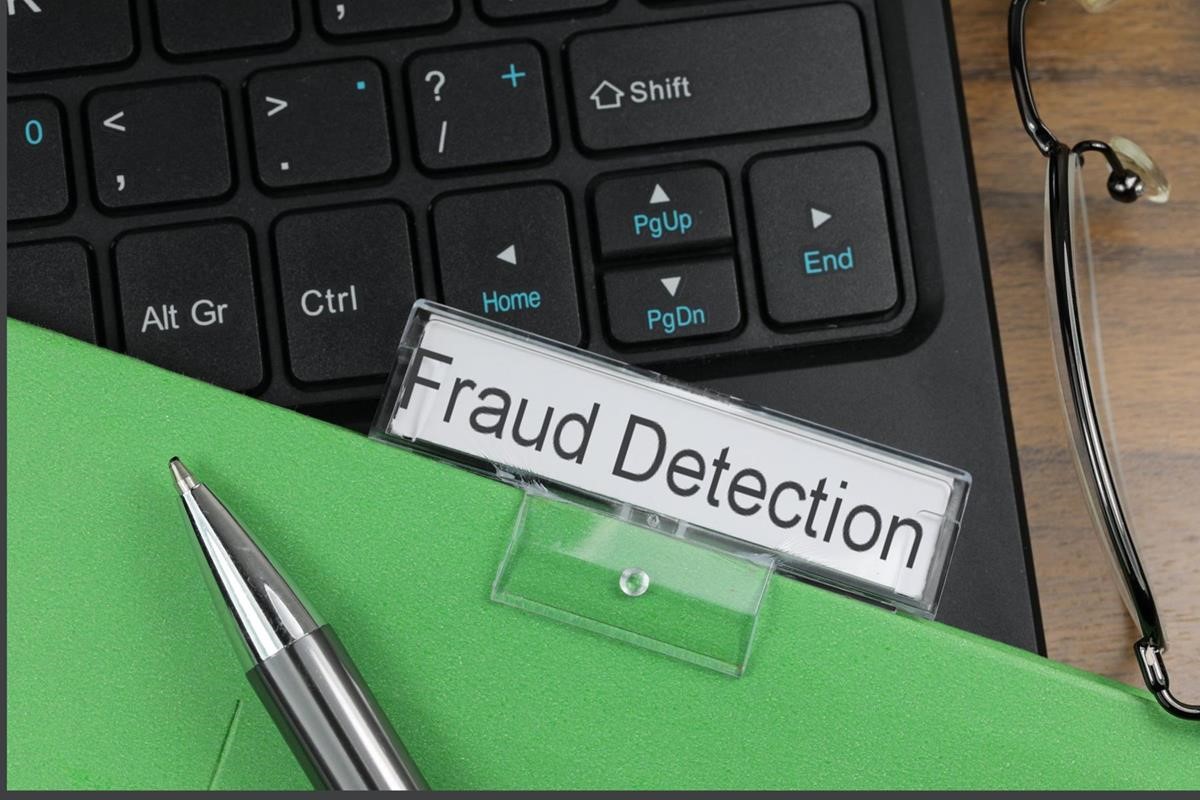Everyone loves to preach about “trust.” It is easy. It feels good. It looks good on glossy company brochures and leadership seminars.
Trust without verification is negligence wearing a suit.
Trust but verify means giving people freedom to act, but building systems to independently confirm that what they promised is what they delivered. It is about combining optimism with brutal realism.
What it does
It empowers leaders to stop playing the victim when fraud happens. It creates a culture where honesty is respected and inspected. It turns risk management from a prayer into a process.
The best, most practical application?
In retail banking. One fast-growing bank in East Africa implemented a smart trust but verify system: daily surprise cash counts, random transaction audits, independent reconciliation reviews, and mandatory staff rotations.
Meanwhile, competitors who only “trusted” woke up one morning to discover billions gone siphoned quietly by insiders they thought were “loyal.”
How to apply it step-by-step
- Map critical trust points; Identify where you heavily rely on people’s honesty: cash handling, procurement, approvals.
- Design independent verification; Add random checks, dual sign-offs, audit trails, and surveillance. Not because you suspect. Because you are responsible.
- Automate and anonymize checks; Use tech tools like reconciliation bots or data analytics to cross-verify transactions without bias or boredom.
- Reward honesty exposed by verification; Praise people who are verified clean, not just assumed clean. Make truth-telling a celebrated behavior.
- Act decisively on breaches; When verification exposes fraud, do not drag your feet. Fire fast. Prosecute. Publicize internally.
The benefits for leaders are many.
You sleep better. You stop guessing. You move from reactive firefighting to proactive risk control. And you send a clear message: “We trust you, but we respect our duty to protect everyone, including you, from human weakness.”
At the fast-growing bank, a branch manager once thanked HQ for a surprise audit that caught a teller skimming early. Instead of embarrassment, it saved the branch’s reputation.
Trust but verify worked. Not just for the numbers, but for the people.





